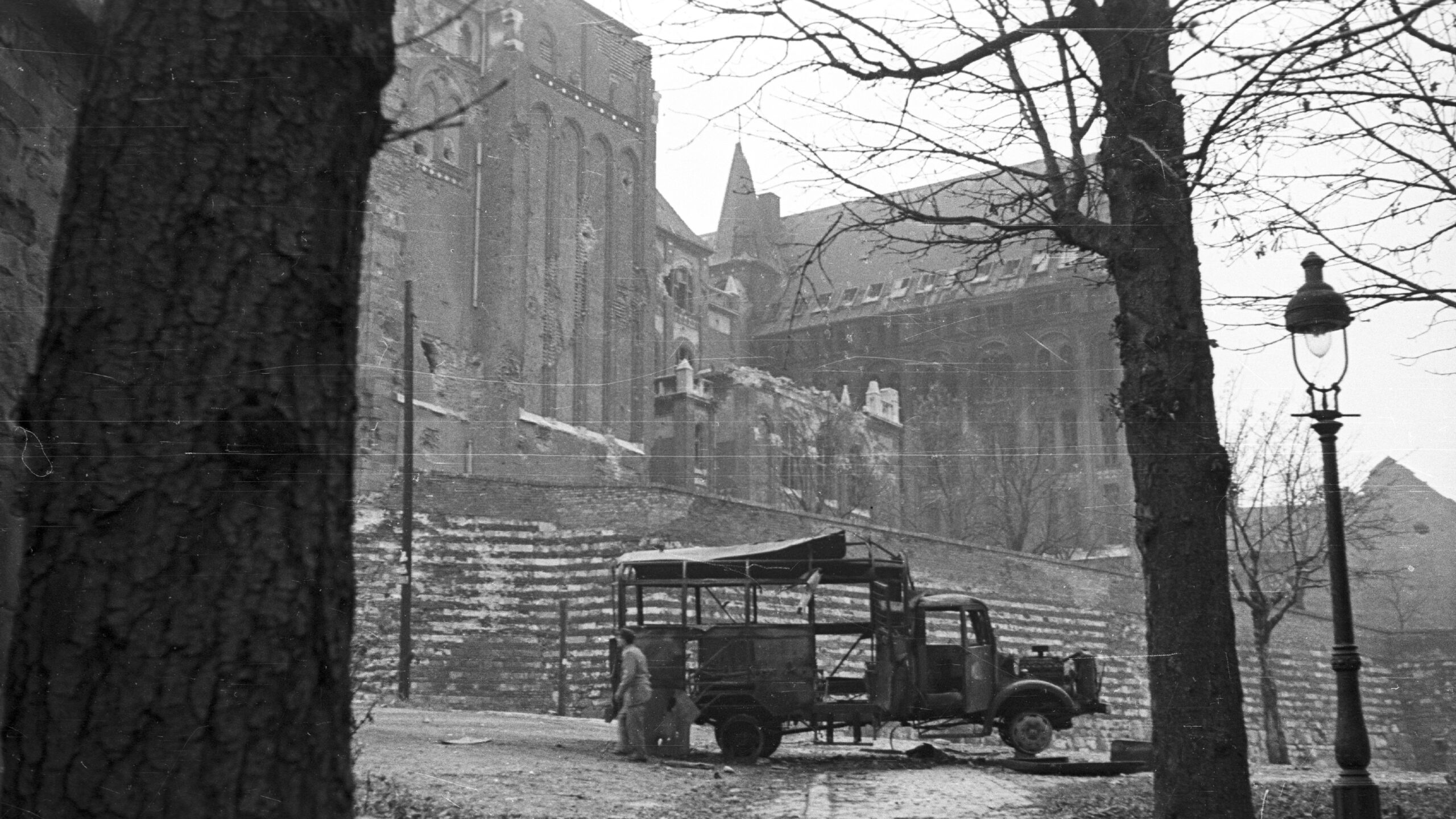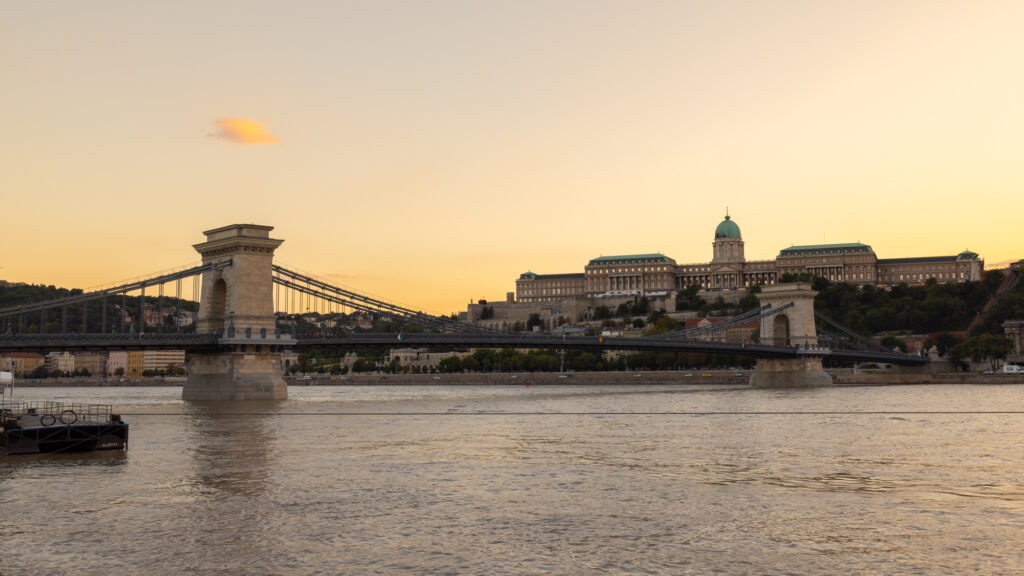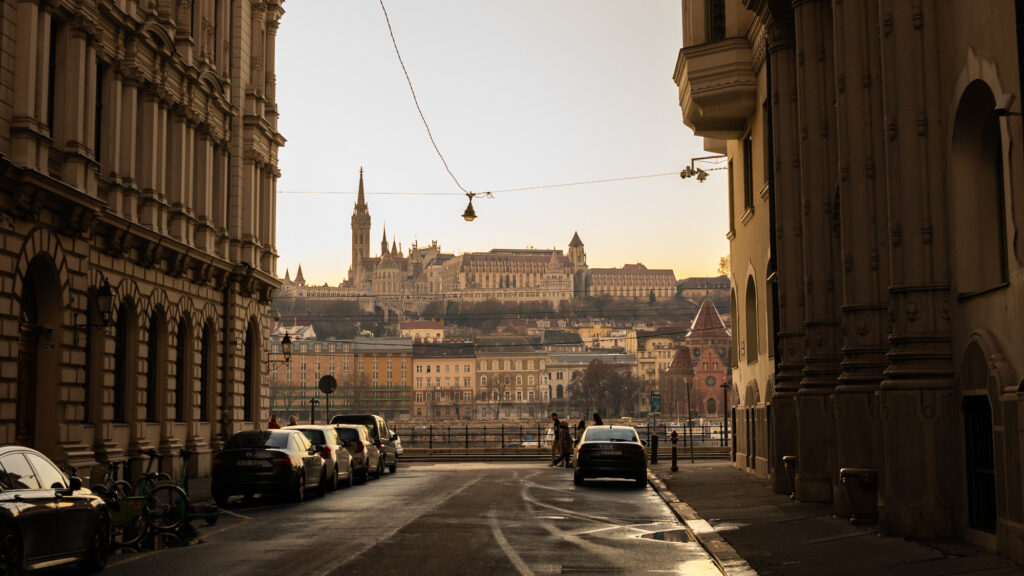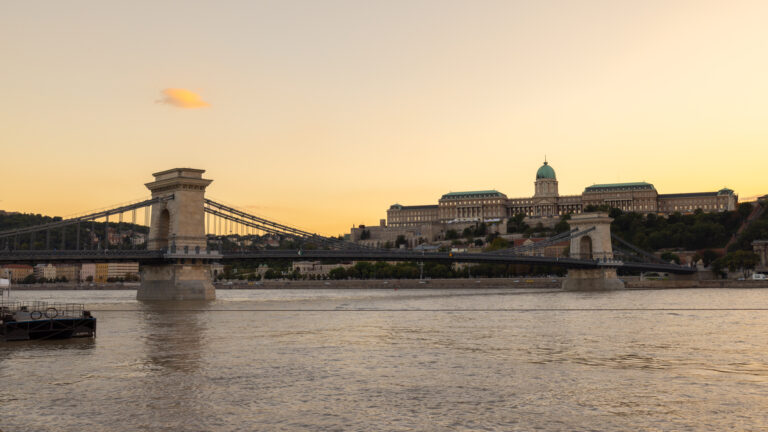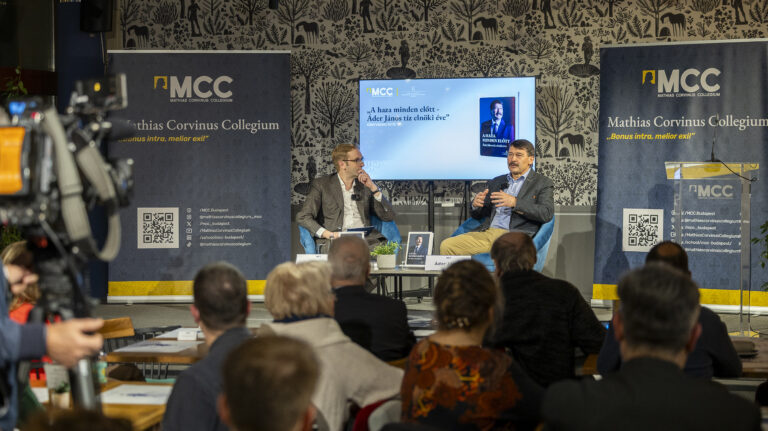It is a common misconception that the revolution of 1956 left Budapest in a worse state than the Soviet siege of 1944–45. While some areas certainly suffered heavy damage, in other places the situation was not so bad. The documents of the District I Council provide a good insight into the reconstruction process in the Buda Castle area. The very first task was to find housing for those left without shelter. By 21 November 1956, the council’s housing department was already able to report that ‘all families from apartments destroyed during the fighting in the district have been accommodated.’ According to the records, a total of 32 families were relocated to, among other places, 13 Pauler Street, 6 Fő Street, 87–89 Krisztina Boulevard, 10 Attila Boulevard, and various houses on Úri Street.[1]
‘The number of unauthorized occupants is high, and efforts to locate them are ongoing,’ the documents note. The apartments of dissidents—that is, people who used the chaos of the revolution to leave for the West—were often simply occupied by others, but authorities were reluctant to use law enforcement against them, ‘except in the most blatant cases’. Eventually, they were forced to take such measures, as some individuals were still unlawfully occupying apartments even in April 1957. Complaints ‘flooded District I’, with unauthorized occupants reported at many addresses. In total, law enforcement was used in 41 cases, although often it was sufficient for the authorities simply to appear for the ‘occupants’ to vacate the apartments.
The food situation was relatively good. ‘Compared to greater Budapest, the district’s food supply is among the best…although the population does not share this view,’ noted the Executive Committee of the District I Council. While there were shortages of eggs, potatoes, and onions, this was common throughout the capital. At the Red Cross, 150 people received aid in the last days of November, and by December, this number had risen to 200.
Given the social situation, the council began distributing cash assistance in early December, and shortly before Christmas, an extraordinary 150–200 forints were given to those in need. Small-scale farmers returned to the Batthyány Square market hall for the first time during the week of 21 November. Fuel, however, remained a problem: supplies were only sufficient for one month, necessitating urgent deliveries, the council emphasized.
It is clear that for certain basic tasks, months had to pass before solutions were implemented. According to a report from 22 December, the restoration of public lighting had not even begun, while ten trucks were requested from the Public Sanitation Company for garbage removal—another problem evidently still awaiting resolution. However, some of the trucks provided were defective and never went into service.
An early January report noted that the district still contained 9,000 m³ of garbage and debris, though this volume was separate from the daily collection of organic waste, which amounted to 120 m³ per day. The report warned that this could lead to a rat infestation, creating a breeding ground for infectious diseases: ‘The removal of debris and rubble in the district is causing serious problems’, and ‘the garbage situation is intolerable’.
‘An early January report noted that the district still contained 9,000 m³ of garbage and debris’
Complaints continued. As one participant noted during a council meeting, ‘in their opinion, the district did not suffer excessive damage during the fighting, and therefore it is unacceptable that the cleanliness of the district has deteriorated to such a degree.’ According to one document, the military was eventually deployed to remove the accumulated garbage in order to prevent the risk of epidemics.
Clearly, the heavy snowfall of the winter of 1956–57 did not help matters, and additional personnel had to be requested for extraordinary snow removal. The Buda Castle Tunnel and Clark Ádám Square were particularly affected, as the traffic islands were narrow and during the heavy snow, the snow had to be cleared by handcarts in three shifts—and all this while traffic continued.
Meanwhile, children, enjoying the fact that many parents kept them home from school, went sledging in the streets, such as in the Tabán Park, on Kereszt Street, and down the slopes of Vérmező. Some suggested that the police should take action against the parents in such cases, but the district council responded that, unfortunately, ‘this is not possible’.
Education officially resumed on 3 December—that is, it was supposed to resume. But a week later, a report noted that many children were not being sent to school by their parents, who feared a possible resurgence of street fighting. In the preceding days, 100 children had been accommodated at the Bérc Street foreign affairs institution, and nine retired teachers were rehired to supervise them. ‘Students who do not attend classes will be visited at home by their teachers.’
Classes started slowly, initially with only two hours of teaching per day. ‘At first, many students were absent, but the classrooms gradually filled day by day.’ By the spring of 1957, a full tally was completed, showing that 245 students from the district had emigrated; however, including the children of new residents, the total number of students fell only slightly, from 4,646 to 4,541. In addition, 12 teachers and two kindergarten teachers had left the country.
During the fighting, two primary schools, one high school, and one kindergarten in the district were damaged, with total costs amounting to 150,000 forints; 20,000 of this was for the physics laboratory at Szilágyi High School alone. However, the main problem appeared to be the trauma experienced by many children. ‘The order and discipline in schools were difficult to restore. Teachers were not able to relieve the students’ anxious state.’ The report attributed some incidents of ‘disruption’, such as the confiscation of pamphlets, to this unrest. Nevertheless, the Executive Committee of the District Council was prepared to respond, concluding, for example, that the Communist Pioneer movement needed to be reorganized.
Assessing the ‘war damages’ proved difficult because some of the technical managers had fled to the West. ‘Engineers from various institutes came forward to survey the damages; however, after the initial enthusiasm, this produced no concrete results,’ noted the Executive Committee of the District I Council. The damages were assessed multiple times. According to a document from late November, 96 apartments in the district had been damaged, and window glass losses totalled 9,500 m² across 172 buildings. For restoration, they received 2,000 m² of glass. In addition, roads had also been damaged, and debris removal was already underway.
A glazing department worked on Várfok Street, while painters, carpenters, and masons were also employed. However, the supplied glass ran out within days, and ‘there is no prospect of more,’ they complained. The craftsmen also noted that part of the glass they received was unsuitable, being ‘Russian glass of standard size’. The response was curt: ‘No other type of glass is available.’
Evidently, the shortage of materials was a big problem: there were not enough bricks, cement, or lime—only ‘some’ sand and gravel were available. There were also no transport vehicles, as the council had only a 3.5-ton truck, which was occupied all day delivering food—and even that was insufficient. Eventually, they managed to procure a horse-drawn cart, which provided temporary assistance. In addition, the craftsmen complained about the 12-forint hourly wage, partly because they were ‘working with inadequate tools under life-threatening conditions’.
According to a 1957 summary prepared by the Executive Committee of the District I Council, 332 buildings had been damaged, with a total of 441 apartments affected. By that time, 32 buildings—192 apartments—had been restored. The cost of these repairs was 276,000 forints, mostly covered by loans, as the budget was severely deficient; for example, at least 1 million forints were missing in rent payments. Officially, 280 people emigrated from the district, though the actual number was likely much higher.
Despite the official reports of reconstruction and aid, the delays, shortages, and administrative chaos reveal how deeply ordinary residents continued to suffer in the aftermath of the revolution.
[1] This article is based on the following archival material: Budapest Főváros Levéltára, XXIII.201.a.1–2, boxes 1–7.
Related articles:

